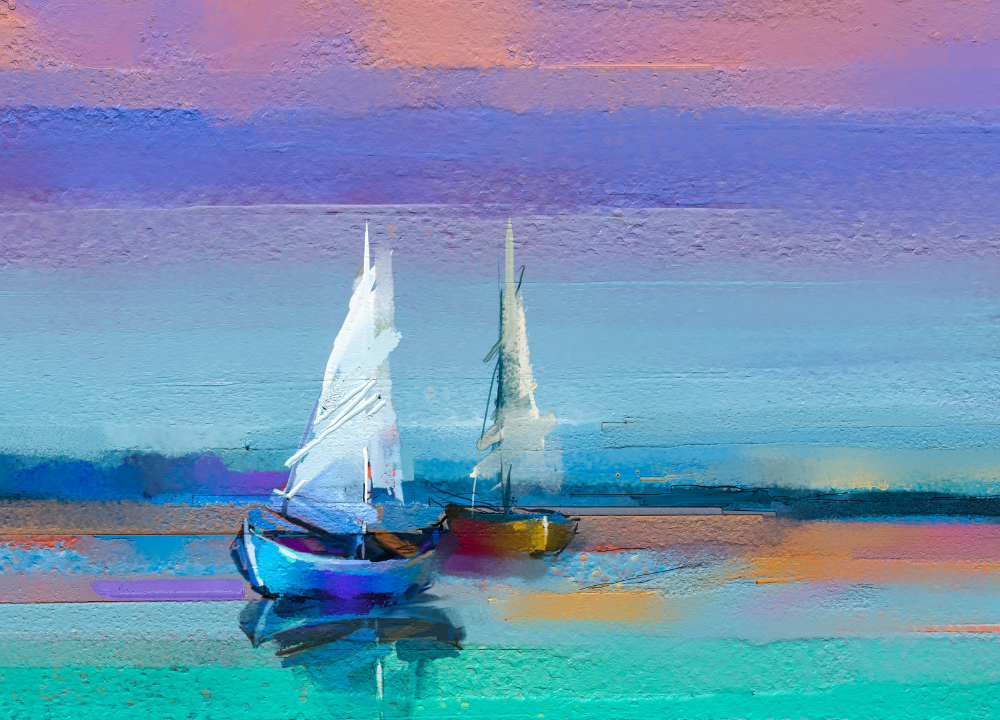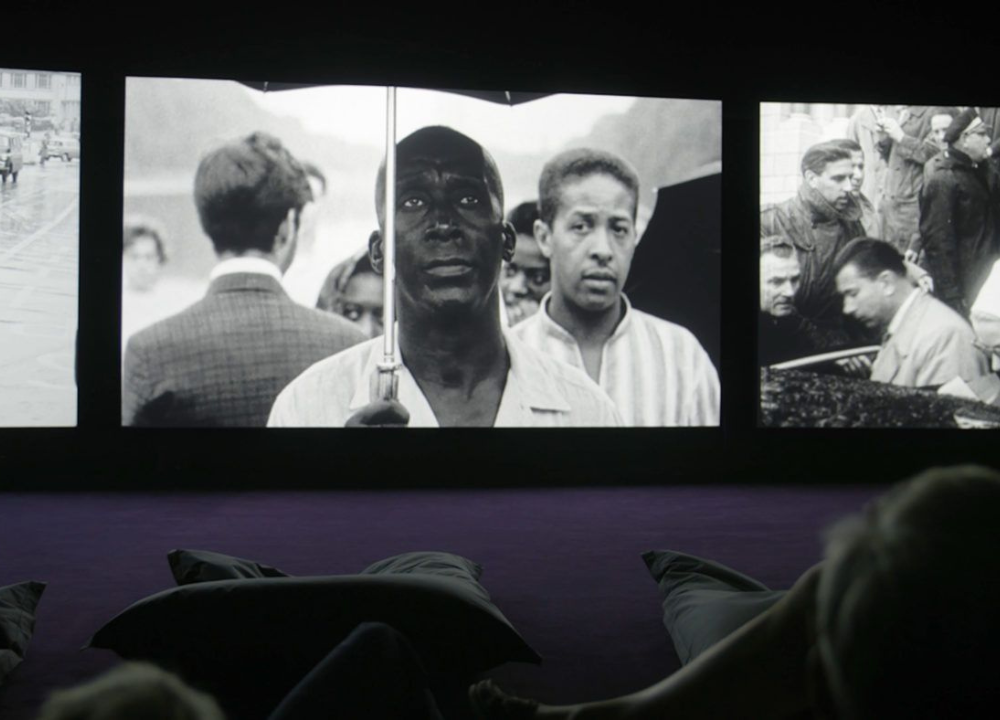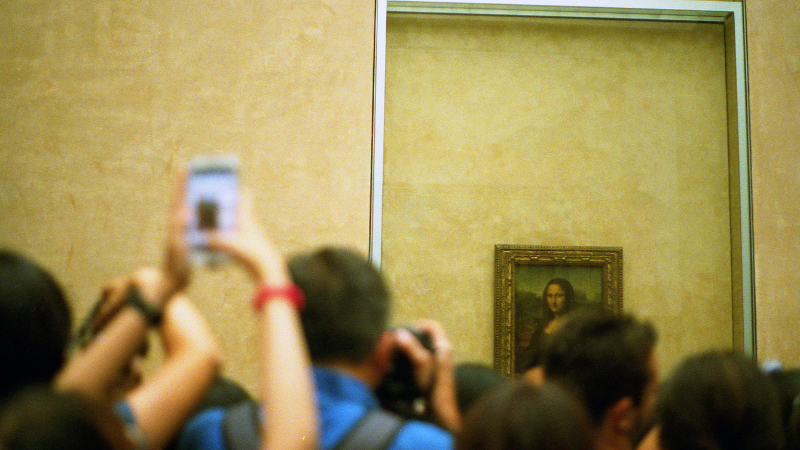Creativity is essential for artists. It fuels their work and gives life to their ideas.
Many artists struggle to stay inspired. They may feel stuck or uninspired at times. This is where creativity exercises come in. These simple activities can help spark fresh ideas and new perspectives. They encourage artists to think outside the box.
Engaging in creativity exercises often leads to unexpected discoveries. Whether you are a painter, a writer, or a musician, these exercises can help you explore your imagination. They provide a fun way to break through creative blocks. In this post, we will share some of the best creativity exercises. Get ready to unleash your imagination and bring new energy to your art!
The Power Of Imagination
The power of imagination is a vital tool for artists. It fuels creativity and inspires new ideas. Imagination helps artists express their thoughts and emotions. Without it, art can feel flat and uninspired. This blog post explores the importance of imagination for artists. We will cover why it matters and how it plays a role in creating art.
Why Imagination Matters
Imagination is more than just daydreaming. It is a skill that shapes how we see the world. For artists, it opens doors to endless possibilities. Here are key reasons why imagination matters:
- Problem-Solving: Imagination helps artists find solutions to challenges. It allows them to think outside the box.
- Innovation: New ideas often come from imaginative thinking. Artists can create unique pieces that stand out.
- Emotional Expression: Imagination captures feelings. Artists can convey deep emotions through their work.
- Visualizing Concepts: Imagination lets artists visualize their ideas before they start. This can lead to better planning and execution.
Here is a simple table showing how imagination influences different art forms:
| Art Form | Imagination’s Role |
|---|---|
| Painting | Visualizing colors and shapes |
| Sculpture | Imagining forms and textures |
| Writing | Creating characters and plots |
| Music | Composing melodies and harmonies |
Imagination In Art
Imagination is the heart of art. It allows artists to create pieces that resonate with people. Every artwork starts with an idea. This idea often comes from a spark of imagination. Artists can express their thoughts in unique ways.
Many famous artists relied on imagination. For example:
- Vincent van Gogh: His vivid colors and swirling patterns were born from his imagination.
- Pablo Picasso: He redefined forms and shapes through imaginative thinking.
- Frida Kahlo: Her paintings reflect personal experiences and dreams.
Imagination also helps artists connect with their audience. Viewers often find their own stories in the artwork. This connection makes art more powerful. Here are ways to enhance imagination in art:
- Engage in free drawing or doodling.
- Practice creative writing to expand thoughts.
- Explore different art styles and techniques.
These exercises can help artists tap into their imagination. They will inspire new ideas and encourage creativity.
Daily Creativity Habits
Daily creativity habits are important for artists. They help spark new ideas and boost imagination. Simple routines can lead to big changes in how you create. These habits keep your mind active and your creativity flowing. Let’s explore two effective daily practices: Morning Pages and Mindful Doodling. Each practice offers unique benefits to help you grow as an artist.
Morning Pages
Morning Pages are a simple yet powerful tool. This practice involves writing three pages of free-flowing thoughts each morning. It helps clear your mind and opens up space for creativity.
Here’s how to start:
- Wake up early, before distractions arise.
- Grab a notebook and a pen.
- Write continuously for 20 minutes.
- Don’t worry about grammar or spelling.
- Let your thoughts flow freely.
Benefits of Morning Pages include:
| Benefit | Description |
|---|---|
| Clears the Mind | Removes clutter and stress, allowing fresh ideas. |
| Boosts Creativity | Encourages new thoughts and connections. |
| Improves Focus | Helps you concentrate on your art. |
Commit to this practice daily. It takes time, but the results are worth it. You will notice a change in your creativity and artistic flow.
Mindful Doodling
Mindful Doodling is another fun way to boost creativity. This practice combines drawing with mindfulness. It helps you relax and focus on the present moment.
To start doodling mindfully:
- Find a quiet space.
- Use any paper and pencil.
- Close your eyes and take a few deep breaths.
- Start drawing whatever comes to mind.
- Don’t worry about the outcome; just enjoy the process.
Benefits of Mindful Doodling include:
- Reduces stress and anxiety.
- Increases creativity and problem-solving skills.
- Enhances focus and concentration.
Try to set aside time each day for this practice. You can doodle for as little as five minutes. This short time can lead to big benefits. Let your imagination run wild and see where it takes you.

Visual Storytelling Techniques
Visual storytelling techniques help artists bring their ideas to life. These methods use images, symbols, and characters to tell stories. Artists can express emotions and messages without many words. This approach connects with viewers on a deeper level. Let’s explore two key techniques: storyboarding and character development.
Storyboarding Basics
Storyboarding is a visual planning tool. It helps artists organize their ideas before creating a final piece. Here are some important points about storyboarding:
- Break down the story into scenes.
- Sketch each scene in a sequence.
- Focus on key actions and emotions.
- Use simple drawings to convey ideas.
Storyboards can be simple. They don’t need to be perfect drawings. The goal is to understand the flow of the story. Here’s a basic table to help you start:
| Scene Number | Action | Emotion |
|---|---|---|
| 1 | Character wakes up | Surprised |
| 2 | Character finds a map | Curious |
| 3 | Character begins a journey | Excited |
Use this table as a guide. It helps you identify key moments in your story. Keep your sketches simple. Focus on the main ideas. With practice, storyboarding will become easier and more effective.
Character Development
Character development is crucial for storytelling. Strong characters make stories engaging. Here are steps to create memorable characters:
- Define your character’s goals.
- Identify their strengths and weaknesses.
- Think about their background and motivations.
- Create relationships with other characters.
Consider using a character profile. This helps you understand your character better. Here’s a simple character profile template:
| Character Name | Goal | Strengths | Weaknesses |
|---|---|---|---|
| Alex | Find a treasure | Brave | Impulsive |
| Jamie | Protect the village | Smart | Stubborn |
This template helps you build depth in your characters. Strong characters drive the story forward. They help connect with your audience. Spend time developing them. Your stories will become richer and more engaging.
Exploring Different Mediums
Exploring different mediums can open new doors for artists. It helps in discovering unique styles and techniques. Using various materials can spark fresh ideas. Mixing different types of art can lead to unexpected results. This section will guide you through the exciting world of mixing media and the differences between digital and traditional art.
Mixing Media
Mixing media is a fun way to express creativity. It involves combining different materials and techniques. This approach can lead to unique artworks. Here are some popular combinations:
- Watercolor and ink
- Acrylic paint with collage
- Photography and digital editing
- Charcoal and pastels
Each mix offers a new texture and depth. Experimenting with mixed media can also help you solve creative blocks. Here are some simple exercises:
- Choose two different mediums and create a small piece.
- Use leftover materials from previous projects.
- Try layering different materials to see what works.
The table below shows how different media can interact:
| Medium 1 | Medium 2 | Effect |
|---|---|---|
| Watercolor | Ink | Bold outlines with soft colors |
| Acrylic | Collage | Textured surfaces and layered visuals |
Mixing media encourages exploration. It allows artists to push boundaries and think outside the box.
Digital Vs. Traditional
Digital and traditional art each have their own charm. Traditional art includes painting, drawing, and sculpting. Digital art uses software to create images. Both have benefits and challenges.
Traditional art offers a tactile experience. Artists can feel the materials they use. It allows for immediate connection with the artwork. Digital art provides flexibility. Artists can easily edit and undo mistakes.
Here are some comparisons:
- Tools: Traditional uses brushes and canvas. Digital uses tablets and software.
- Process: Traditional is often slower. Digital can be faster with instant feedback.
- Final Product: Traditional art is physical. Digital can be shared easily online.
Both forms can inspire each other. Try creating a piece in one medium, then replicate it in the other. This practice can enhance skills and broaden perspectives.
Group Creativity Exercises
Group creativity exercises can spark new ideas and fresh perspectives. Working with others encourages collaboration and builds community. These exercises help artists break free from routine and explore new artistic paths. Engaging with fellow creatives can lead to surprising outcomes and shared experiences. Here are two effective group creativity exercises: Collaborative Art Projects and Creative Brainstorming Sessions.
Collaborative Art Projects
Collaborative art projects bring artists together to create something unique. This exercise promotes teamwork and allows everyone to contribute their skills. Here are some ideas for collaborative projects:
- Mural Painting: Choose a wall and create a large mural. Each artist can paint a section.
- Joint Canvas: Use a big canvas. Each person adds their style to one artwork.
- Art Swap: Create a piece, then exchange it with another artist. Add your touch to their work.
These projects encourage communication and sharing ideas. They also allow artists to learn from each other. Here’s a simple table to highlight the benefits:
| Benefits | Description |
|---|---|
| Teamwork | Fosters collaboration and connection. |
| Diverse Ideas | Combines different styles and perspectives. |
| Learning | Encourages skill sharing and growth. |
Collaborative art projects can lead to unexpected results. These outcomes often inspire future work. Join forces with other artists to create something memorable.
Creative Brainstorming Sessions
Creative brainstorming sessions are fantastic for generating new ideas. Gather a group of artists and set a specific goal. Use these tips to run a successful session:
- Set a Theme: Choose a topic or theme for the session.
- Time Limit: Give each round a short time limit. This keeps ideas flowing.
- Encourage All Ideas: No idea is too silly. Every thought counts.
During the session, write down every idea. Use a whiteboard or paper. Visualizing ideas helps everyone see the big picture. Try to build on each other’s thoughts. This can lead to unique concepts.
Here’s a quick list of outcomes you may achieve:
- Fresh ideas for future projects.
- New techniques to explore.
- Stronger connections with other artists.
Brainstorming sessions can create a vibrant atmosphere. They inspire creativity and promote collaboration. Gather your fellow artists and let the ideas flow.
Nature As Inspiration
Nature inspires many artists. The beauty of trees, flowers, and landscapes can spark ideas. Engaging with the natural world can help artists break free from creative blocks. Exploring the outdoors can lead to fresh perspectives and new artistic expressions.
Outdoor Sketching
Outdoor sketching allows artists to capture the essence of nature directly. It encourages observation and spontaneity. Find a quiet spot in a park, garden, or by a lake. Bring basic materials like paper and pencils. Here are some tips for effective outdoor sketching:
- Choose the right time: Early mornings or late afternoons offer beautiful light.
- Focus on details: Look for interesting shapes and colors.
- Use quick sketches: Capture the scene in a few minutes.
- Experiment: Try different styles, like contour or gesture drawing.
Consider using a sketching table to organize your materials:
| Item | Purpose |
|---|---|
| Sketchbook | For drawing and practicing |
| Pencils | For detailed sketching |
| Watercolors | Add color to your sketches |
| Brushes | For applying watercolors |
Outdoor sketching helps improve observation skills. It encourages artists to notice what they see. This practice can lead to more meaningful art.
Nature Journaling
Nature journaling combines writing and art. It allows artists to reflect on their experiences in nature. This practice can deepen your connection to the environment. Here’s how to start a nature journal:
- Choose a journal: Select one that feels comfortable to use.
- Date each entry: Keep track of your observations over time.
- Include sketches: Draw what you see to enhance your writing.
- Write descriptions: Describe your feelings and thoughts about nature.
Consider these prompts to inspire your entries:
- What colors do you see in the leaves?
- How does the weather feel on your skin?
- What sounds do you hear around you?
- What animals or insects do you observe?
Nature journaling can help artists track their growth. It serves as a personal record of artistic journeys. This practice fosters creativity and mindfulness in everyday life.
Conclusion
Creativity thrives with practice. Each exercise boosts your skills and ideas. Try different methods to find what inspires you. Use these activities regularly to see growth. Remember, everyone has a unique creative voice. Embrace your style and let it shine.
Keep challenging yourself to explore new paths. Stay curious and open-minded. Your imagination can lead to amazing art. Start today and enjoy the journey of creativity.




